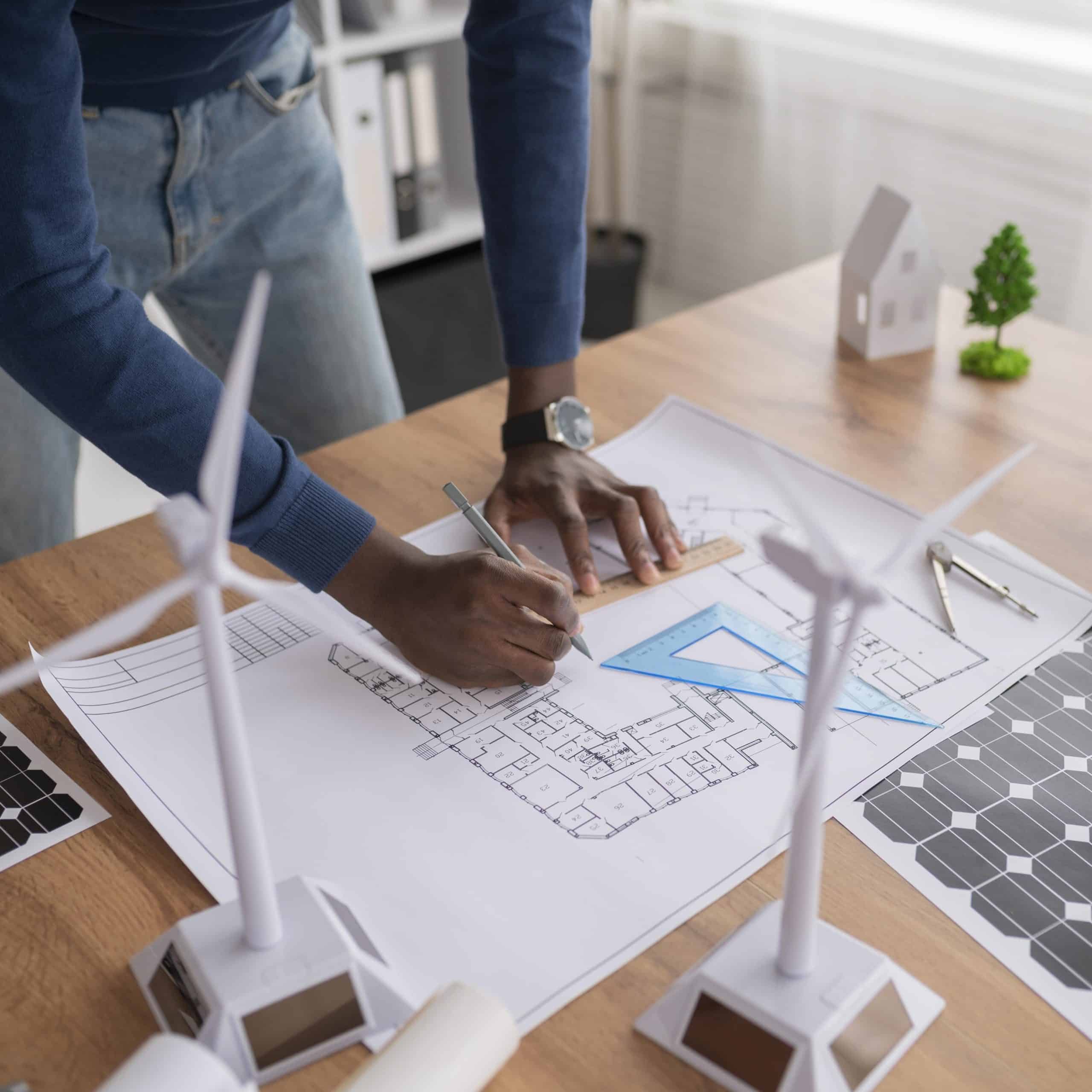ENERGY AND UTILITIES DESIGN AND DRAFTING SERVICES
Innovation is our strength
As the demand for energy in the world continues to increase, energy companies are mulling investments in mechanical engineering and IT services with the desire to reduce costs and create new revenue streams. To conserve energy, consumers voluntarily do tasks that save energy, such as switching off the entire electricity supply for an hour.
SERVICES APPLICABLE IN THE ENERGY AND UTILITIES INDUSTRY
- Mechanical design and drafting
- Design optimization
- Creation of plant and system outlines and drawings
- Value engineering
- Developing operation and maintenance manuals
- Legacy as-built drawings conversion
- Thermal flow and analysis
- Design validation, structural and dynamic analysis
WE PROVIDE SOLUTIONS IN THE FOLLOWING AREAS
- Turbines – such as gas, steam and hydro
- Hydro generators
- Accessories
- Compressors – such as centrifugal and reciprocating
- Related accessories for hydro-electric, fossil fuel and wind-based power generation plants.

SOME OF THE BENEFITS OF PARTNERING WITH US
- Make better design decisions with enhanced data
- Reduced time to market
- Improved productivity
- Reduced cost of product development
- Effective management of your non-core work to enable your team to focus on core competencies
Energy And Utilities for industries
Energy and utilities are critical sectors that provide essential services to industries, businesses, and communities. These industries involve the generation, transmission, distribution, and consumption of various forms of energy to meet the needs of society. Here’s an overview of the energy and utilities sectors for industries:
- Energy Generation: The energy generation sector encompasses various sources of energy, such as fossil fuels (coal, natural gas, oil), renewable energy (solar, wind, hydro, geothermal, biomass), and nuclear energy. Power plants, whether traditional or renewable, are responsible for producing electricity to meet the growing demand.
- Power Transmission and Distribution: Once electricity is generated, it must be transmitted over long distances through high-voltage transmission lines. Substations step down the voltage for distribution to consumers through low-voltage power lines.
- Oil and Gas Exploration and Production: The oil and gas sector involves the exploration, drilling, and extraction of crude oil and natural gas. These resources play a significant role in fueling various industries, transportation, and heating applications.
- Renewable Energy Integration: The adoption of renewable energy sources, such as solar and wind power, is increasing to address environmental concerns and reduce greenhouse gas emissions. Integrating these intermittent sources into the power grid requires advanced energy management and storage solutions.
- Water Utilities: Water utilities provide clean and safe drinking water to communities. The sector involves water treatment, distribution, and wastewater treatment to protect public health and the environment.
- Waste Management: Waste-to-energy technologies are used to convert waste materials into energy, contributing to the circular economy and reducing landfill waste.
- Smart Grid Technologies: Implementing smart grid technologies and advanced metering infrastructure enables more efficient and reliable energy distribution. Smart grids can monitor energy consumption in real time and optimize grid operations.
- Energy Efficiency and Conservation: Industries focus on energy efficiency and conservation to reduce energy consumption, lower operational costs, and minimize environmental impacts. Energy audits and sustainable practices are commonly adopted to achieve these goals.
- Grid Resilience: Ensuring grid resilience is crucial to mitigate disruptions caused by natural disasters, cyber-attacks, or system failures. Redundancy and backup systems are implemented to maintain power supply during emergencies.
- Sustainable Development: Energy and utility industries are transitioning towards sustainable and renewable energy sources to combat climate change and meet global sustainability goals.
- Research and Development: Continuous research and development efforts are underway to improve energy technologies, enhance energy storage solutions, and optimize energy production and utilization.